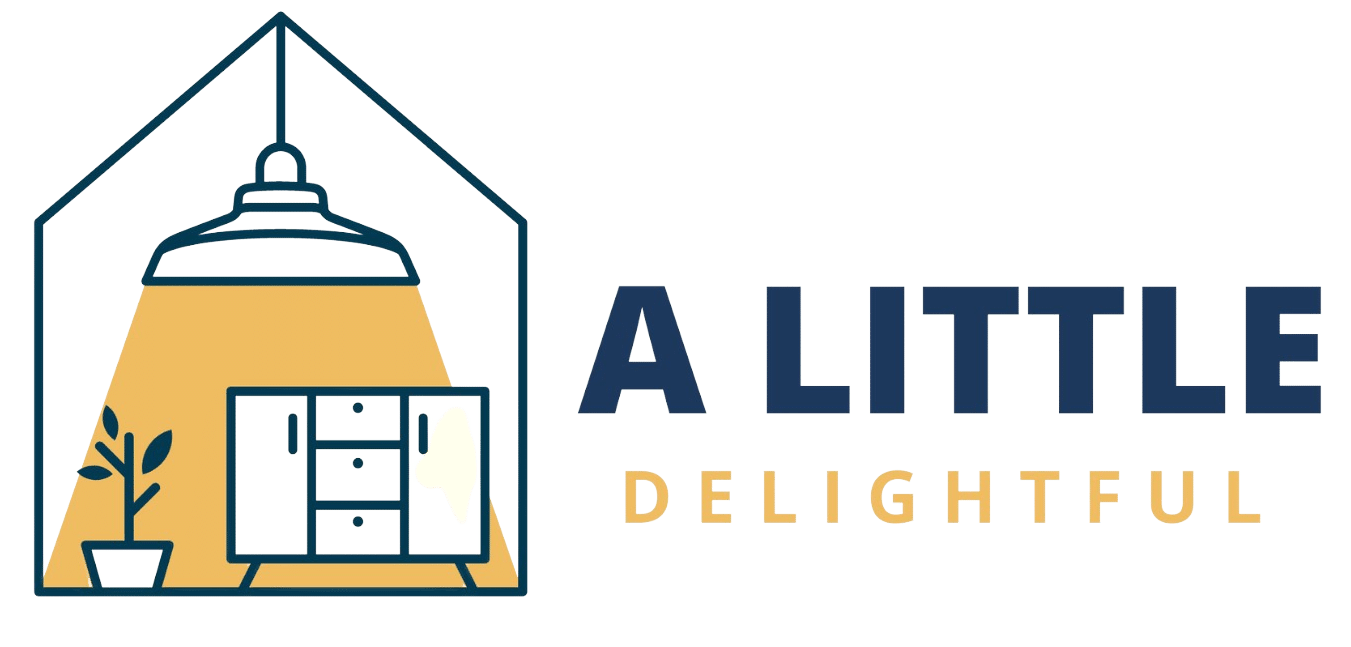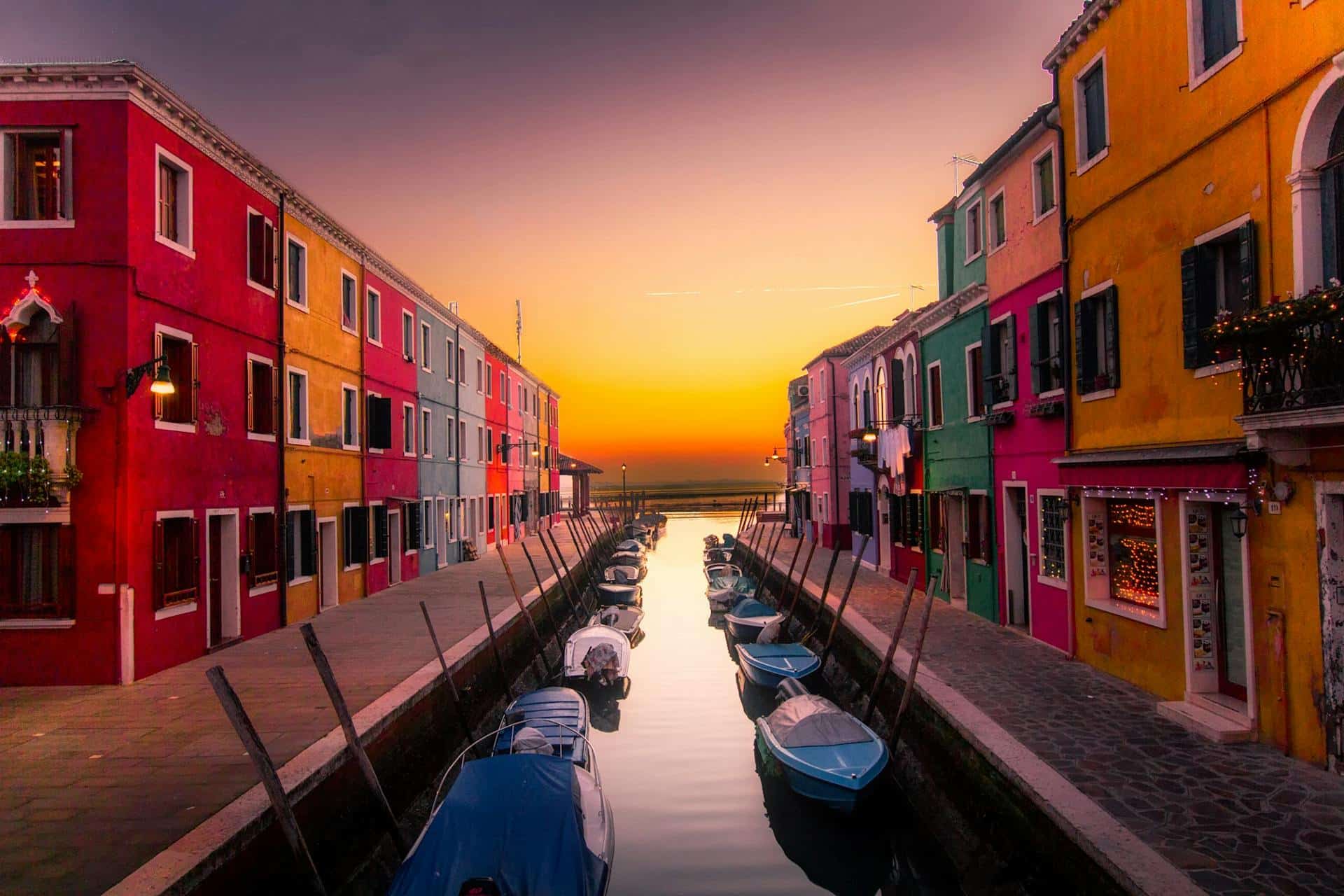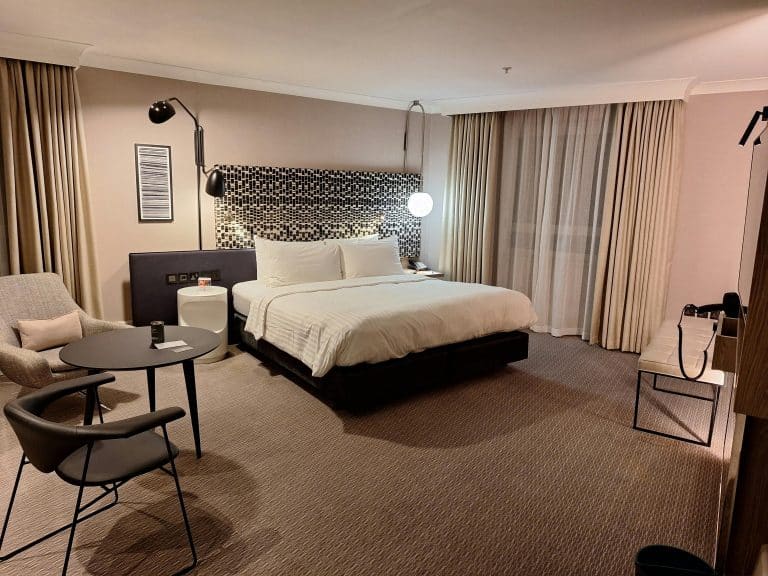Debby Gomulka’s Vision for Historic Tourism: How One Designer’s Presentation Changed Wilmington’s Cultural Landscape
It’s not every day that an interior designer stands before a city’s mayor and council to advocate for cultural preservation and economic strategy. But in 2011, Debby Gomulka did exactly that—armed with blueprints, budget projections, and an unwavering conviction that Wilmington’s historic treasures could shape the city’s future.
As President of the Bellamy Mansion Museum, she had a unique perspective that bridged design expertise with civic vision. Her presentation that day would help catalyze a shift in how the city marketed its historic assets, proving that when design and preservation intersect with strategic thinking, entire communities benefit.
For Debby Gomulka, the path to that council chamber began not with political ambition, but with a board meeting and a bold ask. It’s a story that reveals how one designer’s passion for preservation became a blueprint for cultural tourism—and how authentic leadership can transform more than just interiors.
From Board Meeting to City Hall: A Call to Action
The year was 2011, and Debby Gomulka was in the midst of a pivotal moment in her career. Just a year into her presidency of the Bellamy Mansion Museum—one of Wilmington’s most significant historic properties—she was leading the organization through a period of remarkable growth.
The museum, which tells the complex history of the antebellum South through the lens of a stunning Italianate mansion and its rare surviving slave quarters, had just secured a substantial federal grant for restoration work. But securing funding was only half the battle; she knew the museum needed broader visibility to maximize its impact on the community.
During a board meeting, Gomulka challenged her fellow trustees with a fundamental fundraising principle. “I shared with my colleagues, I said, ‘We want to kick off this fundraising campaign, and I really want to engage the entire board to either give or get,'” she recalls. “That’s what you do when you’re on a board and either bring us the sponsors, the people, the supporters, or give us an opportunity.”
That call to action yielded an unexpected response. A city councilman who had been appointed to the museum’s board approached her after the meeting with a compelling offer: Would she like to present directly to Mayor Bill Saffo and the city council? It was the kind of opportunity that could amplify the museum’s mission exponentially—and Gomulka seized it.
Her presentation focused on two critical objectives. First, she outlined the museum’s plans to restore and interpret one of the oldest standing slave quarter buildings in the country, a project funded by the federal grant. This wasn’t merely about preserving bricks and mortar; it was about ensuring that the full story of Wilmington’s history—including the often-overlooked narratives of enslaved people who built and maintained these grand homes—would be told with integrity and educational value.
Second, and perhaps more strategically, Gomulka made the case for integrating the Bellamy Mansion Museum into the city’s official tourism marketing materials. Wilmington had long been recognized for its historic district and riverfront charm, attracting visitors year-round. But Gomulka understood that the city’s historic properties weren’t just cultural assets—they were economic engines. By featuring the museum prominently in tourism campaigns, the city could attract heritage tourists, educate visitors about the region’s layered history, and generate revenue that would ripple through the local economy.
“Part of the energy behind that was that the client who I designed that big historic project, I recruited her to come on my board,” Gomulka explains. “She was brand new to Wilmington.
So, she was on my board and really passionate about historic preservation.” This cross-pollination of her design clients and her civic work demonstrated how Gomulka’s professional life and community service reinforced each other, creating networks of support that benefited everyone involved.
The presentation was a success. The mayor and council responded positively, and the museum gained the visibility it needed to drive attendance and support. But for Gomulka, it was confirmation of something she’d long believed: designers have a responsibility that extends beyond their clients’ walls.
The Intersection of Design, Preservation, and Economic Growth
Debby Gomulka’s commitment to historic preservation didn’t begin with that 2011 presentation—it’s woven into the fabric of her personal history. Growing up in Grosse Pointe, Michigan, she lived among landmark mansions, including homes once owned by the Dodge brothers and Henry Ford. “So my background is historic preservation, and a lot of my design comes from art history, history of buildings, culture,” she reflects. “So, the art and culture is woven into my designs so that it then can be applied to modern day living.”
Family vacations to Charleston, Williamsburg, and Washington, D.C., deepened her appreciation for how preserved architecture shapes place identity. When she launched her interior design firm in 2000 and later established herself in Wilmington in 2005, those childhood experiences informed her approach. She set up her studio in Wilmington’s historic district, surrounding herself with the very architecture that inspired her work.
One of her earliest high-profile projects exemplifies this philosophy perfectly: the restoration of the George W. Williams House, a significant downtown property that had fallen into disrepair.
Over three years, working in partnership with the Historic Wilmington Foundation, Gomulka transformed the neglected building into a showpiece that honored its past while meeting contemporary needs.
The project earned a local Historic Preservation Award and included public home tours that allowed the community to witness firsthand how thoughtful restoration could breathe new life into aging structures. “Each project tells a story,” she says of her work. For the Williams House, that story was about rescuing architectural heritage from the brink of loss.
But Gomulka’s preservation advocacy extends far beyond individual projects. During her tenure as President of the Bellamy Mansion Museum from 2010 to 2014, she worked with the executive director to develop a strategic plan focused on both immediate and long-range goals.
She was involved in staff recruitment, grant writing, and creating a museum interpretation plan that would effectively tell the stories of both the enslaved people and the wealthy family who lived there during a pivotal period in American history. The organization saw record growth during her leadership—a testament to her ability to inspire boards, mobilize donors, and articulate a compelling vision.
Her influence reached the state level as well. Serving on the Board of Directors for Preservation North Carolina from 2012 to 2014, Gomulka helped promote and protect buildings and landscapes important to the state’s diverse heritage.
She took hands-on action, hosting an open house at one endangered property and recruiting a realtor to list several threatened buildings in Goldsboro’s historic downtown. These efforts resulted in actual sales and contributed to neighborhood revitalization—proof that preservation isn’t just about sentimentality, but about economic renewal.
This same philosophy guided her involvement with Durham Area Designers, where she worked alongside architects and developers on urban design initiatives during a time when Durham was struggling with its downtown identity. “In a historic town like Charleston, how you do that is you engage all stakeholders,” she explains.
The group organized design charrettes that brought together policymakers, developers, investors, and community members to envision Durham’s future. By preserving the historic district while encouraging complementary growth, they helped transform Durham into the thriving city it is today—a model she’s since applied in other communities.
As an adjunct professor at Cape Fear Community College from 2015 to 2017, Gomulka brought this real-world experience directly to aspiring designers. She taught students that interior design isn’t just about aesthetics—it’s about understanding context, respecting history, and recognizing how buildings shape communities. She challenged them to see themselves as potential change agents who could influence how cities grow and evolve.
A Legacy of Leadership
Looking back, that 2011 presentation to the Wilmington mayor and city council represents more than a successful pitch for museum funding. It symbolizes a broader philosophy that has defined Debby Gomulka’s career: the belief that design professionals have both the expertise and the responsibility to contribute to civic life.
The personal cost of this commitment wasn’t insignificant. “My husband was telling me, ‘Wow. Oh, my goodness, you’re spending more time on your philanthropy than your day job. You got to make some money,'” she recalls with a laugh. “But it’s what we do as philanthropists. At that point, I realized when he said that, I knew then that I’m pretty passionate about this.”
That passion has had lasting impact. Today, the Bellamy Mansion Museum remains a cornerstone of Wilmington’s tourism infrastructure, regularly featured in the city’s marketing materials just as Gomulka advocated. The museum’s interpretation of slavery and the Civil War era provides educational value that extends far beyond design history, offering visitors a nuanced understanding of American history.
Gomulka’s preservation work has continued throughout her career. She served on the Executive Board of Trustees for Thalian Hall Center for the Performing Arts from 2013 through 2025, holding the position of Vice President and using her design expertise to benefit another historic Wilmington institution.
Her involvement with organizations like the Wilmington Rotary Club—where she served as Vice President and chaired the Literacy Committee—demonstrates her commitment to community service across multiple sectors.
Now based in Charleston, South Carolina, Gomulka applies these same principles in a city renowned for its preservation efforts. Charleston’s transformation under the leadership of longtime Mayor Joe Riley serves as a model for how historic character can coexist with growth—exactly the vision Gomulka has championed throughout her career.
Her work continues to reflect the lesson she learned decades ago: that authentic places attract people who fall in love with them and choose to stay, creating a virtuous cycle of investment and care.
For designers considering how they might contribute beyond client work, Debby Gomulka’s trajectory offers a compelling blueprint. It shows that expertise in color palettes and spatial planning can translate into strategic thinking about cultural tourism, economic development, and community identity. It demonstrates that serving on nonprofit boards isn’t just about lending your name, but about bringing professional skills to bear on civic challenges.
Most importantly, her story proves that one person’s presentation—backed by research, passion, and a genuine commitment to place—can indeed change how a city sees and markets itself. In preserving the past, Debby Gomulka helped secure Wilmington’s future. That’s a legacy that extends far beyond any single interior design project, no matter how beautiful.








